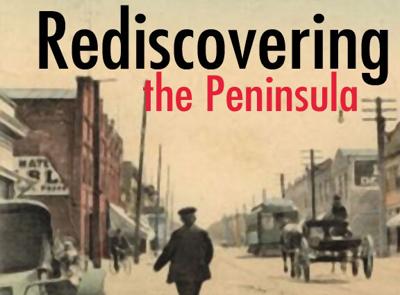Ford built his first Model T in 1908. He had failed at two businesses (or was pushed out as he would like to say later in life) but this new business, called the Henry Ford Company, was to be his successful adventure. Ford wasn’t the only one building cars in the early 1900s. Ransom E. Olds had started his company in 1897 and was selling the Oldsmobile like hotcakes. His assembly line was the secret of his success. In 1899, James Ward Packard cars was selling OK and, in 1901, the Pierce-Arrow hit the markets. The Piece-Arrow was a luxury car and its market was limited to wealthy people. Studebaker was toying around with electric cars but became very successful in 1904 when he developed a good gasoline engine. The electric car had been developed earlier, but lack of proper batteries and other factors doomed their sales. However, many of the inventions that led to a superior gasoline automobile relied on knowledge of electric motors. The windshield wipers could be run by electric motors and the starter became an important supplement to the automobile, electric lights, battery to start, etc.
Many times, something can be invented but it doesn’t get off the ground and to the public. That’s why a person like William Crapo Durant is needed when new industries are trying to get to their feet. In 1890, Durant, who had been a carriage salesman, teamed up with a partner and formed the Durant-Dort Carriage Company in Flint, Michigan. In 1904, he became general manager of Buick and continued moving the company into a fluid and economically sound institution. Durant was restless, however, and he had bigger dreams. In 1908, he formed a new concept, General Motors, a multilayer company he envisioned selling cars to a targeted market. He bought Oldsmobile, followed by Oakland, Cadillac (eventually a total of 13 companies) and some parts companies. He also conceived of the automobile dealer franchises and, at his first auto show in New York, he sold orders for 1,108 Buicks. What a salesman.
By 1920, he had bought Chevrolet and Republic Motors but, by 1920, he lost control of General Motors to the DuPont interests.
In the early 1900s, more than 1,000 companies were building and trying to sell cars. The market was thinned out over time and consolidations worked in favor of the buying public.
Ford’s Model T was to sell over 16 million automobiles before 1927. Henry Ford was forced by his son, Edsel, and his backers to change the model and the Model A rolled off of the assembly line. No longer did the owner have to crank the engine to get it started and brakes were now on all wheels (instead of the transmission being the brake). With the newer steel-welded spoke wheels, lower pressure balloon tires no longer flew off of the rim when a blowout occurred. Safety glass (instead of dangerous plate glass) in the windshield was standard now. The new car used a standardized, left side steering wheel and three gears forward (with reverse) and the gas tank was above the engine (dangerous). The 177-cubic-inch front mounted inline four-cylinder engine with a speed of 45 to 50 mph was replaced by a 201-cubic-inch engine (with a speed of 55 to 60 mph), giving the Model A sufficient power so it no longer had to be backed up the steeper hills to get over them. The price was still dropping and they went for $385 (a roadster went for $1,400), in a price range that almost everyone could afford.
With the advent of the automobile in the society, the infrastructure had to be improved. California developed an agency for autos (the Department of Motor Vehicles) and new and improved roads was its first goal. Speed limits had to be agreed on and road signs became standardized. Gas stations sprung up to service the new-fangled machines and it wasn’t long before automobile courts (motels) were being built. The revolution had only begun to cater to this multibillion-dollar institution.
Rediscovering the Peninsula runs every weekend. It is compiled through our archives created by Jim Clifford and the late Darold Fredricks.
























(0) comments
Welcome to the discussion.
Log In
Keep the discussion civilized. Absolutely NO personal attacks or insults directed toward writers, nor others who make comments.
Keep it clean. Please avoid obscene, vulgar, lewd, racist or sexually-oriented language.
Don't threaten. Threats of harming another person will not be tolerated.
Be truthful. Don't knowingly lie about anyone or anything.
Be proactive. Use the 'Report' link on each comment to let us know of abusive posts.
PLEASE TURN OFF YOUR CAPS LOCK.
Anyone violating these rules will be issued a warning. After the warning, comment privileges can be revoked.